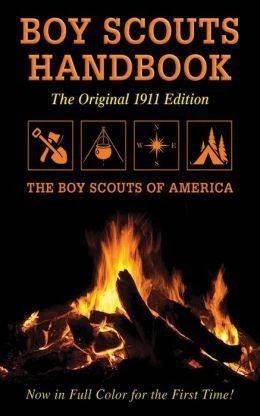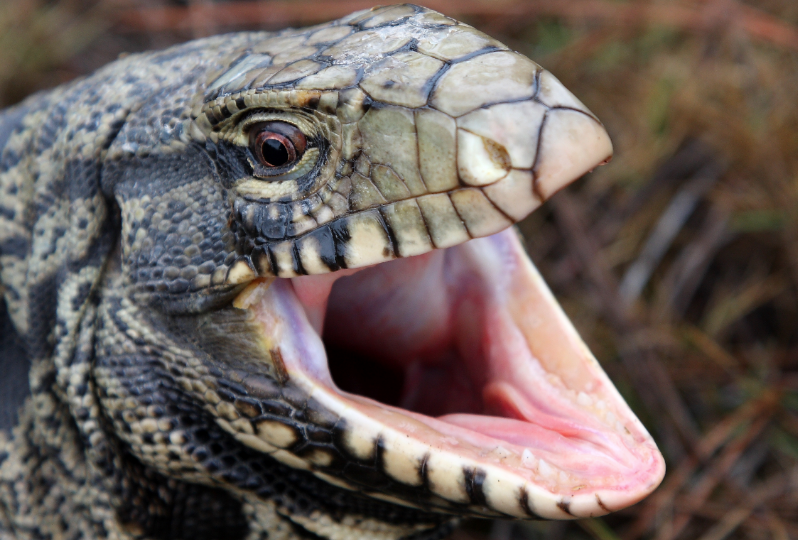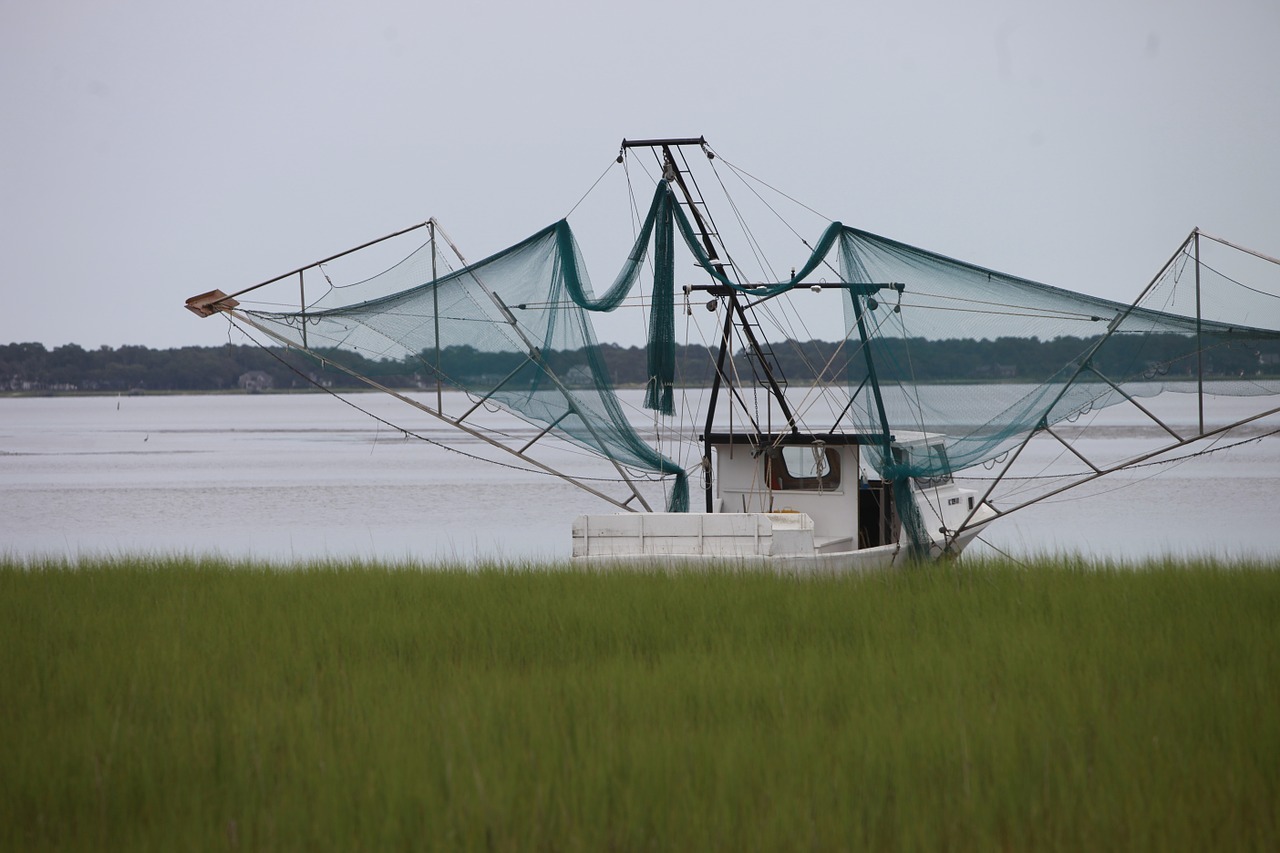The number of invasive tegu lizards, a species popular in the pet trade, continues to increase across South Carolina, especially in the Midlands.
South Carolina documented its first black and white tegu lizard, a species popular in the pet trade, in Lexington after a SCDNR social media post informed the public about the non-native lizard already established in both Georgia and Florida, likely as a result of release or escape.
SCDNR staff have been monitoring the situation closely and have received multiple reports since August 21 of sightings in Lowcountry, Midlands and Upstate counties. Of the eight invasive tegus, five have been removed from the wild, but the frequency of the sightings is concerning DNR officials.
One individual removed from Lexington County was an adult female measuring about 2.5 feet long; however, black and white tegu lizards can reach up to four feet in length and weigh more than 10 pounds as adults. Tegus are voracious omnivorous lizards that eat a variety of prey, including birds, small mammals, reptiles and amphibians, fruits, vegetables, insects and eggs.
“The introduction of any non-native species can have serious negative impacts on native wildlife. Black and white tegus are no exception,” said SCDNR herpetologist Andrew Grosse, “Tegus mature and reproduce quickly, though most concerning may be their preference for eggs and the potential impacts to our native ground-nesting birds like turkey and quail, as well as other species such as the state-endangered gopher tortoise.”
SCDNR asks people to report any sightings of black and white tegus in the wild to Andrew Grosse, grossea@dnr.sc.gov. If possible, please submit a photo, location, time and date the individual was seen.
As a non-native species, tegus in the wild in South Carolina are not protected by state wildlife laws or regulations.
 This is a full-color edition of the very first Boy Scouts Handbook, complete with the wonderful vintage advertisements that accompanied the original 1911 edition, Over 40 million copies in print! The original Boy Scouts Handbook standardized American scouting and emphasized the virtues and qualifications for scouting, delineating what the American Boy Scouts declared was needed to be a “well-developed, well-informed boy.”
This is a full-color edition of the very first Boy Scouts Handbook, complete with the wonderful vintage advertisements that accompanied the original 1911 edition, Over 40 million copies in print! The original Boy Scouts Handbook standardized American scouting and emphasized the virtues and qualifications for scouting, delineating what the American Boy Scouts declared was needed to be a “well-developed, well-informed boy.”
The book includes information on: The organization of scouting, Signs and signaling, Camping, Scouting games, Description of scouting honors and more. Scouts past and present will be fascinated to see how scouting has changed, as well as what has stayed the same over the years. Buy Now




